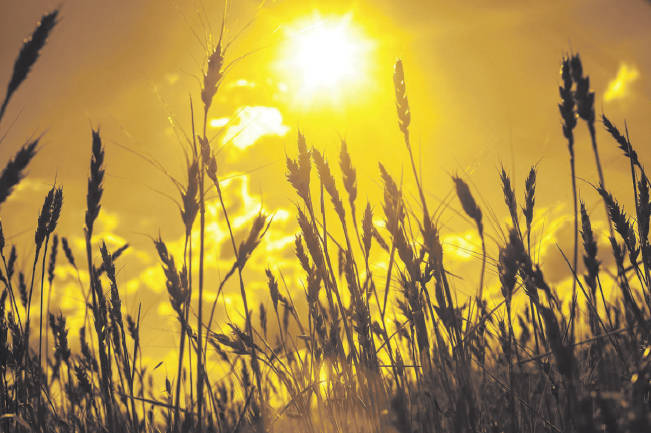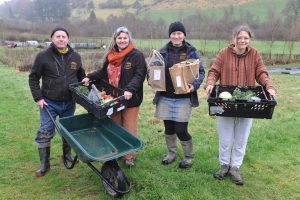 ACCORDING to a new NASA study, published this week in Nature Climate Change, higher levels of atmospheric carbon dioxide are likely to increase water-use efficiency in crops, and could potentially mitigate yield losses associated with other effects of climate change.
ACCORDING to a new NASA study, published this week in Nature Climate Change, higher levels of atmospheric carbon dioxide are likely to increase water-use efficiency in crops, and could potentially mitigate yield losses associated with other effects of climate change.
Though the researchers behind the study acknowledge that ongoing climate change is likely to lead to extremes in temperatures and water scarcity for most areas, the latest research suggests crops might react to higher levels of atmospheric CO2 in two beneficial ways.
Firstly, crop yields could rise as plants increase the rate of photosynthesis, speeding up growth. Secondly, they could use less water through pores in plants’ leaves, which open to collect carbon dioxide and release water vapour – as concentrations of CO2 increase, the pores don’t open as widely.
Commenting on the new research findings, Delphine Deryng from NASA’s Goddard Institute said earlier assessments have focused on the impacts of CO2 on yield. However, the wider scope of the NASA study, which looked at different effects, a range of crops and several global regions, made for some interesting findings.
The researchets used a range of simulations to look at changes in yield and evapotranspiration (plants’ water loss to the atmosphere) for wheat, maize, soybean and rice crops. Deryng and her co-authors assessed the crops based on yield produced per unit of water, which is a common measurement for assessing crop water-use efficiency. She said this approach will be `Critical to anticipating future agricultural water demands.’
The researchers also examined the impacts of different climate change scenarios – some keeping atmospheric CO2 levels at year 2000 levels, others in which concentrations of carbon dioxide double by the year 2080 (a ‘business as usual’ scenario, in which emissions aren’t tackled).
Their results showed yield losses for all four crops grown at 2000 levels of atmospheric CO2, due to higher temperatures and drier conditions. However, all four crops fared better under the ‘business as usual scenario’ due to increased photosynthesis and crop water productivity partially offsetting other impacts of climate change.
For wheat and soybean crops, this increase in photosynthesis and water retention offset yield losses – In Europe and North America, wheat yields could even see increases – though rice crops would be slightly affected and maize crops could be expected to fare poorly. The researchers said maize would perform worse in the higher-0O2 scenario because the plant is already more efficient at using carbon dioxide.
The results also varied by region; maize yields could be expected to fall by 15% in areas that rely on irrigation and 8 percent in rain-fed systems under the `business as usual’ scenario, and by 21% for irrigated maize and 26% for rain-fed maize at 2000 levels.
A similar pattern was observed for rain-fed wheat in hotter, drier regions like Southern Africa and India, which the researchers again put down to more available CO2 for photosynthesis and better water retention to offset increases in temperature.
Cynthia Rosenzweig cautioned: “The uncertainty of carbon dioxide effects are greater in arid regions because experiments have been carried out mostly in temperate legions of the northern hemisphere. We need field observations in these drier regions in order to validate and further improve our models”
The NASA researchers acknowledged that their study didn’t look at some potentially important factors, such as crop nutrition, which could affect the results as imbalances between available nitrogen and carbon could affect crop health. Even so, they said their observations contribute to work looking at growing in a hotter, drier planet.
















Add Comment